johnskillcorn
New member
- Joined
- Jun 22, 2008
- Messages
- 6
- Reaction score
- 0
- Points
- 0
- Location
- North-east, England
- Country
- United Kingdom
Having been encouraged by the responses of one or two readers of my comments and picture concerning the breeding of Hemidactylium scutatum (Four toed salamander), I would like to offer this series of pictures showing the development of this North American amphibian from egg to metamorphosis. Unfortunately I was not able to include all the pictures in the series I'd selected (14 altogether) but I think you'll get the idea from these.
The larvae are extremely tiny and need to be fed with suitably sized aquatic micro-organisms at first, gradually moving on to small mosquito larvae and such-like. Growth and development are not rapid processes.
Once on land, they will feed on springtails and any other leaf-litter animals as long as they can be swallowed. I kept the environment cool and very wet, always with Sphagnum moss as the main vegetation.
John Skillcorn
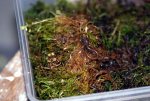
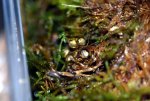
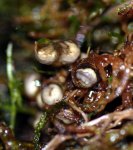
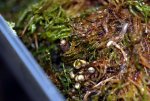
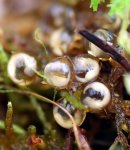
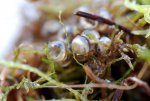
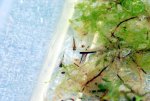
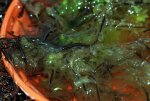
The larvae are extremely tiny and need to be fed with suitably sized aquatic micro-organisms at first, gradually moving on to small mosquito larvae and such-like. Growth and development are not rapid processes.
Once on land, they will feed on springtails and any other leaf-litter animals as long as they can be swallowed. I kept the environment cool and very wet, always with Sphagnum moss as the main vegetation.
John Skillcorn








